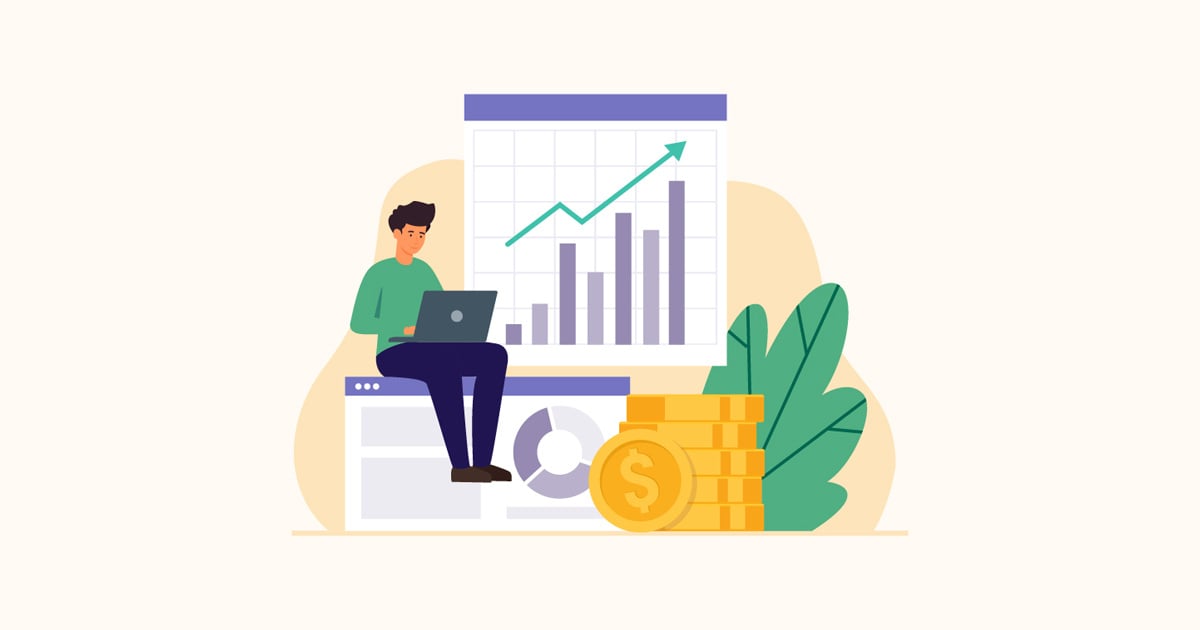
Two specific advantages of incumbency are clear and powerful. But they require deliberate action and investment.
Winning new logos is exciting. Everyone loves to be hailed as the hero who landed a new client, with everything that potentially means for the firm, its market position, and its future opportunities.
But the reality is that hanging on to your existing clients is not only just as essential to that future potential but is often more important to profitability. And that makes you even more of a hero.
Cost of sales in professional services are high, and for every win there are often multiple losses. Transition costs can be high, as you and the new client start to work together and learn all the things you didn't learn as you initially got to know each other and negotiated the first contract and the first project. And for every contract that delivers even more opportunity than you expected, there are many that deliver less.
In our long-running global study of customer-supplier negotiations, which cuts across many industries and companies of all sizes, we have consistently found the sellers of goods and services report realizing only 71% of a contract's total value. The reality is that volumes turn out to be lower than anticipated, scope creep and cost overruns cut into margins, change management proves harder than expected; the list of possible sources of value leakage goes on.
Whether your projects take the form of multi-year engagements, representing true recurring revenue, or they are what some call "reoccurring" work where one project leads to another, retaining clients you have already won is critical to any successful growth strategy.
But retaining clients can be a challenge, even for the best of us, in a world where most services are every day becoming more standardized and hence more subject to price competition and commoditization.
Despite those challenges — and even in the most competitive of situations — there are significant advantages to incumbency. A successful client retention strategy should consider and build on those.
“Soft” Advantages to Incumbency
The more subjective “soft” advantages of incumbency are ones we are all familiar with: The client knows us and has often invested as much as we have, to work together effectively and smooth out any rough spots in the relationship. From the client’s perspective, unless the relationship is so poor that any other relationship would be better (and if that's the case, you have a larger set of problems to consider), the comfort in "the devil you know" and the uncertainty and discomfort involved with any change, serve as a strong set of reasons to retain the incumbent.
But these “soft” advantages are relatively passive. They accrue thanks to sheer longevity and inertia.
The Two Most Important “Hard” Advantages of Incumbency
“Hard” advantages require a more strategic perspective. Two specific opportunities are clear, and powerful. But they require deliberation, planning and investment … and action.
- Knowledge Advantage: If you’ve been providing a set of services to a client, you have much greater knowledge of the client, their needs, and their capabilities. You are in a better position to understand the interests of key stakeholders, and the culture and context in which they will make decisions. In other words, you have a much better chance to come up with options for how you design, deliver, and price your solution or service, than anyone with a fraction of that knowledge. You know what aspects of your service add the most value. And you have the ability to advise them on their own requirements beyond anything they can spell out in an RFP.
How to Capitalize
Build a client retention team focused on bringing the value of that knowledge to the table, and empower them to do so. - Timing Advantage: If you are the incumbent, in a multi-year contract or a multi-year effort made up of multiple phases and projects, you also have the ability to anticipate when that contract or set of activities is coming to term and to make some choices about a potential renewal or extension strategy. If you allow that advantage to go untapped and the work simply goes out to bid, it is likely a competitor will seek to underbid you. You will either lose the work, or win it again, but at significantly lower fees. As the incumbent, however, you can also make a different choice. You can anticipate the timing of a rebid, and position yourself to win an extension or renewal by offering your client the one thing no competitor can: savings that kick in before the end of the current contract term and that come without a transition cost to amortize.
How to Capitalize
Be prepared to advise the client on true efficiencies that can take cost out of delivery, share some of that value with the client by forgoing some “easy money” that comes toward the end of the term, and raise these options at a time when you know stakeholders are well-positioned to hear you.
In our experience, putting these advantages to work requires being mindful of those renewal and retention opportunities, and having a team in place that is motivated to solve problems and skilled at framing the opportunity internally and with your clients. And then … acting.


